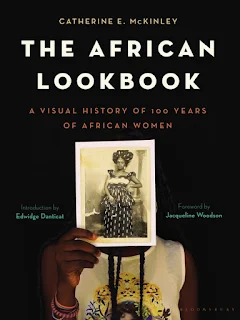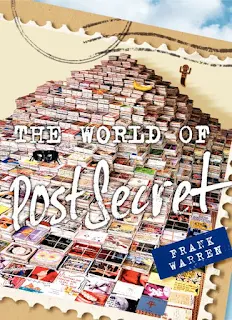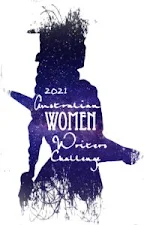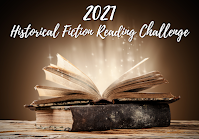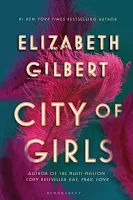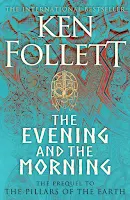* Copy courtesy of Allen & Unwin *
INTRO
You might recall Neil Béchervaise's review of Fair Warning by Michael Connelly back in September 2020. Today he's back to share his thoughts on The Law of Innocence by Michael Connelly, published in November 2020 and the sixth book in the Lincoln Lawyer Mickey Haller series.
Mickey Haller, unexpectedly charged with murder, becomes his own defence lawyer. Briefly freed on bail, he manages to set up the shaky beginnings of a defence before he is jailed again on a more serious charge. More serious than murder? But Haller is defending himself, and, as has been well established in previous Lincoln lawyer novels, prosecutors do not like defence lawyers.
More seriously, before the trial has even begun, Haller realises that being found “not guilty” will be insufficient to maintain his reputation, probably even his registration as a lawyer. The shadow of possible guilt will hang over him. He must establish that someone else is guilty to determine that he is ‘innocent’. Connolly is playing us as readers, again.
NEIL'S REVIEW
If we were ever arrested, I imagine, most of us probably believe that we would be “innocent until proven guilty”. Connelly’s latest Lincoln lawyer thriller takes this presumption to court to reveal that there is no such thing as a “Law of Innocence”.Mickey Haller, unexpectedly charged with murder, becomes his own defence lawyer. Briefly freed on bail, he manages to set up the shaky beginnings of a defence before he is jailed again on a more serious charge. More serious than murder? But Haller is defending himself, and, as has been well established in previous Lincoln lawyer novels, prosecutors do not like defence lawyers.
More seriously, before the trial has even begun, Haller realises that being found “not guilty” will be insufficient to maintain his reputation, probably even his registration as a lawyer. The shadow of possible guilt will hang over him. He must establish that someone else is guilty to determine that he is ‘innocent’. Connolly is playing us as readers, again.
“Innocence is not a legal term. No one is ever found innocent in a court of law … The law of innocence is unwritten.” Page 105Haller’s case quickly involves the FBI so it must involve some federal crime. The grease under the corpse’s fingernails tips us off to a scam involving recycled foodstuffs and a company named BioGreen Industries, but that only broadens the plot and, as Haller observes:
“A trial often comes down to who is the better storyteller.” Page 190
Buoyed by the support of his two ex-wives, one a prosecuting lawyer (we remember Maggie McFierce), and his daughter, now studying law herself, Haller works from the dangerous confines of jail to establish his case for the defence. More importantly, maybe, he has to win his case in the face of a mysterious, impending virus which appears to have come from China – only one thousand cases at the time of writing. But that is not the issue, of course. Who hates Haller enough to want him totally discredited? Who would kill one man to get revenge on another? Sounds like organised crime. Yes, but …
Connelly’s latest novel maintains the complexity he has long since established, the fascination with flaws in the American legal system – every western legal system perhaps – and the almost stultifying antagonism between that multitude of law enforcement agencies which provide the basis for so many American crime novels. The Law of Innocence is a gripping thriller which, while hinting at a much wider platform for criminality, manages to explore these issues from the relatively local space of the Los Angeles legal system.
You can seize this book at Booktopia.










